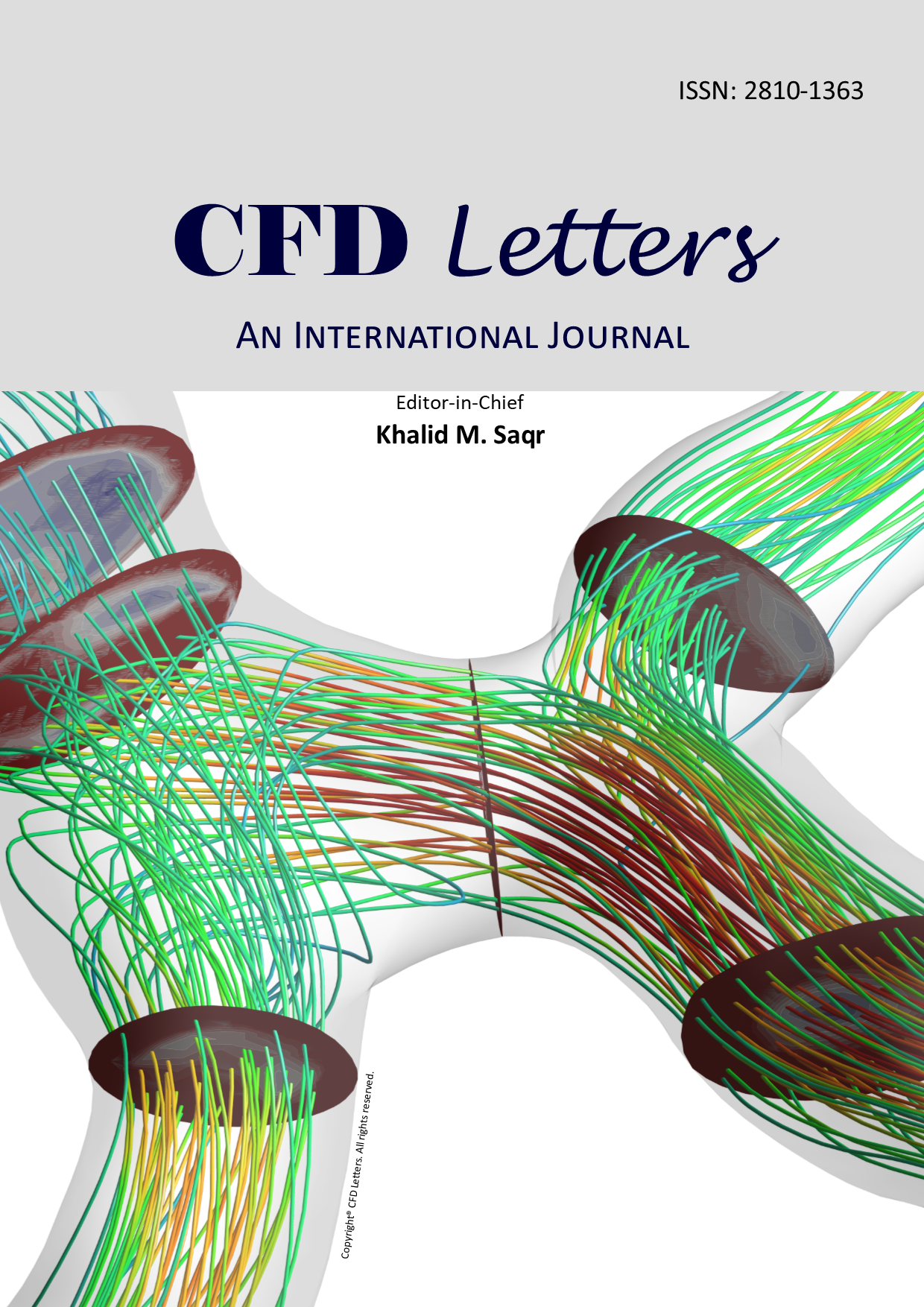CFD Study on Impeller Effect on Mixing in Miniature Stirred Tank Reactor
DOI:
https://doi.org/10.37934/cfdl.12.10.1526Abstract
Mixing of fluid can happen in existence or absence of impeller which will affect the mixing performance. The hydrodynamics behavior of fluid has a strong effect on the mixing. The design of mixing systems and operation using the agitated tanks is complicated because it is difficult to obtain accurate information for turbulence’s impeller induced. Computational Fluid Dynamics can be used to provide a detailed comprehension of those systems. This paper describes the effect of various designs of impeller in miniature stirred tank reactor towards the mixing of the calcium alginate beads with the milk using Computational Fluid Dynamics (CFD) software, ANSYS Fluent 19.2. The four different type of impellers are edge beater, 5-turbine blade, t-shape, and paddle. The impeller was simulated at different speeds of 150 rpm, 250 rpm, and 300 rpm. K-epsilon turbulence model was employed to simulate the flow distribution pattern of calcium alginate beads and the Multiple Reference Frame approach was used for the impeller rotation’s simulation. The simulation results obtained have a good agreement with the experimental results in term of vortex formation. The simulation results obtained for contour plots were fitted well with the experimental results as well as with pattern of impeller flow which was also studied. As a result, an optimal design of the impeller that is able to produce good mixing can be achieved using CFD analysis. The results obtained after performing the simulation proved that edge beater blade outperformed the other impellers and took the least time to fully distribute the calcium alginate beads in the tank at 250 rpm compared to 150 and 300 rpm. It can also be concluded that the edge beater blade is the best for the mixing of two-phase fluid and also produces mixed pattern flow. The obtained results from CFD can also be used to scale up the mixing process in larger systems.













